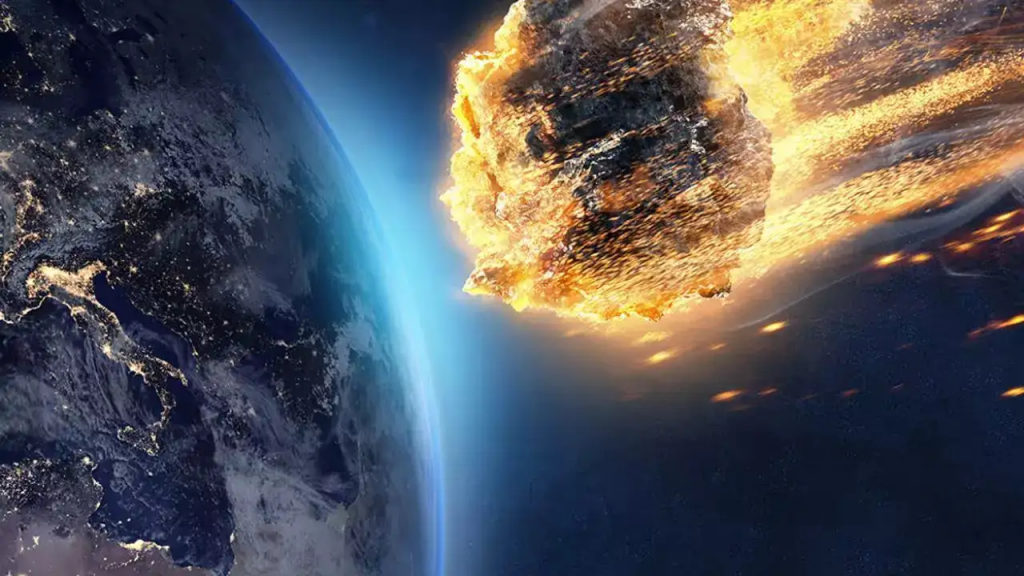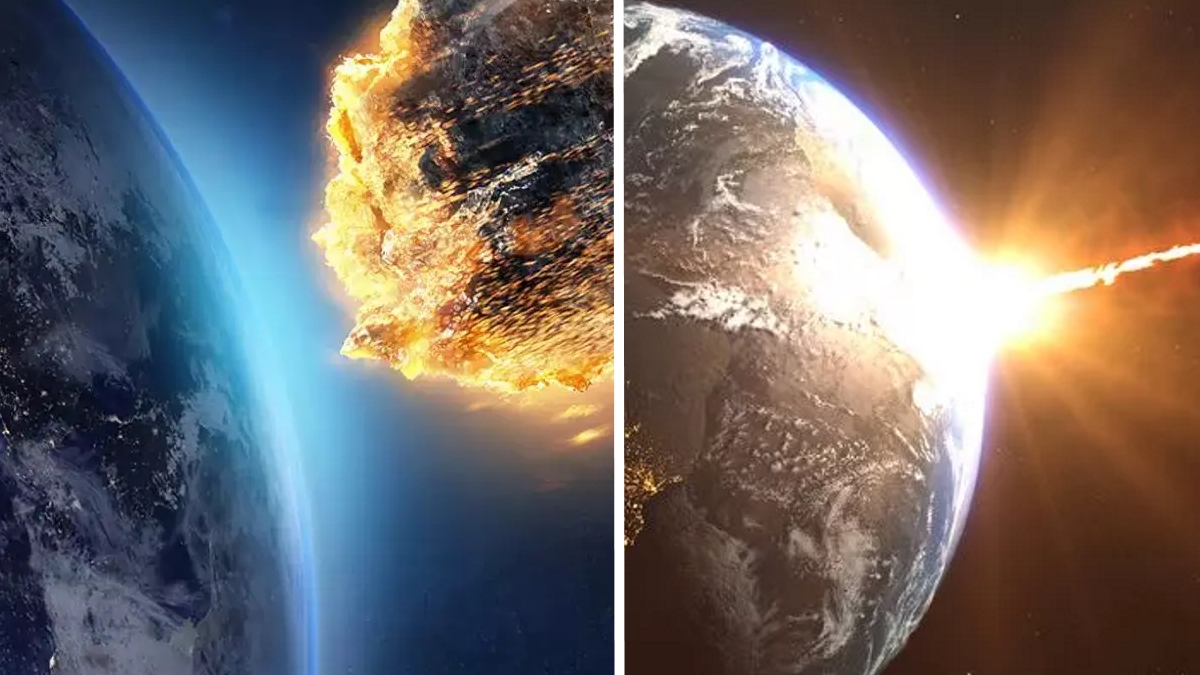Astronomers say our planet is about to have yet another close brush with a space rock large enough to cause catastrophic damage — but this time, it looks like we’ll dodge it. The asteroid, officially designated 2025 QX7, was detected by NASA’s Planetary Defense Coordination Office earlier this year and has been under constant observation ever since.
New calculations released late last night show it will pass at a distance of just 1.4 million miles — close in astronomical terms, but far enough to keep Earth safe. Researchers at the Jet Propulsion Laboratory compared the flyby to previous near-Earth events, noting that while 2025 QX7’s size and trajectory initially sparked concern, improved radar imaging confirmed there is “no realistic threat of impact.” The object, estimated to be between 500 and 800 feet in diameter, will make its closest approach in the early hours of August 14, when it will be visible through moderate-sized backyard telescopes.

NASA says asteroid 2025 QX7 will safely pass Earth — about six times farther than the Moon. #Asteroid #NASA— Space Alerts (@SpaceAlerts) August 8, 2025
The asteroid’s discovery in March initially triggered an automatic risk alert in NASA’s Sentry monitoring system. That alert prompted follow-up observations from the European Space Agency’s Near-Earth Object Coordination Centre, which confirmed the object’s orbit and refined predictions. As one ESA scientist told the agency’s official blog, the level of cooperation between global observatories on this case was “textbook planetary defense.”
Even though this particular asteroid poses no danger, its sheer size has reignited debate over preparedness for truly threatening objects. Advocates for more funding point to the DART mission’s success in altering an asteroid’s trajectory as proof that early detection and active measures can work. But they also warn that 2025 QX7 was only spotted a few months ago — a reminder of how quickly a real threat could emerge.
Another near miss. Another reminder: Space is big, but our neighborhood is busy. #AsteroidWatch— Neil deGrasse Tyson (@neiltyson) August 8, 2025
The asteroid will not be visible to the naked eye, but amateur astronomers across North America, Europe, and parts of Asia are preparing for viewing parties. The Sky & Telescope guide notes that its relatively slow apparent motion will make it easier to track, especially with small digital imaging setups. Some enthusiasts are planning to livestream the event, turning the flyby into a global science outreach opportunity.

Meanwhile, online conspiracy theories have already latched onto the asteroid’s approach. Some viral posts on social media falsely claim NASA is downplaying the risk to avoid public panic. These posts have been debunked by outlets like Space.com, which cites the object’s confirmed trajectory and lack of any collision probability.
If you have clear skies on August 14, you might spot 2025 QX7 gliding through Capricornus with a telescope. #Space— Astronomy Now (@astronomynow) August 8, 2025
NASA scientists stress that this event is an example of the system working as intended — early detection, accurate tracking, and clear communication to the public. “Every time we spot one of these with enough lead time, we’re buying ourselves knowledge and safety,” said Lindley Johnson, NASA’s Planetary Defense Officer, in a statement published on the official NASA planetary defense page.
The flyby will also give researchers a chance to study the asteroid’s composition using radar and spectroscopy. That data can be compared with other near-Earth objects, helping scientists refine models for how these rocks form and travel through the solar system. Experts at the University of Arizona’s Lunar and Planetary Laboratory say that understanding the structure of asteroids is critical for planning future deflection missions.





